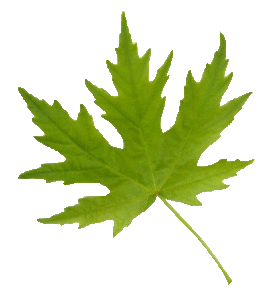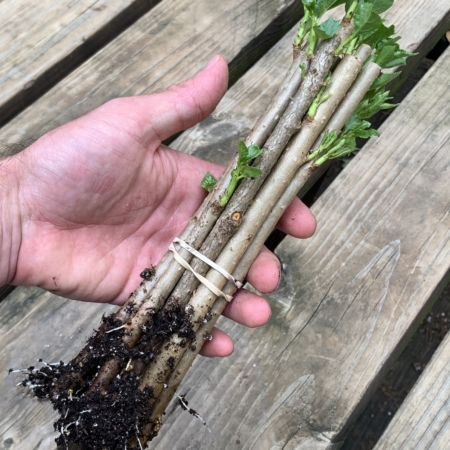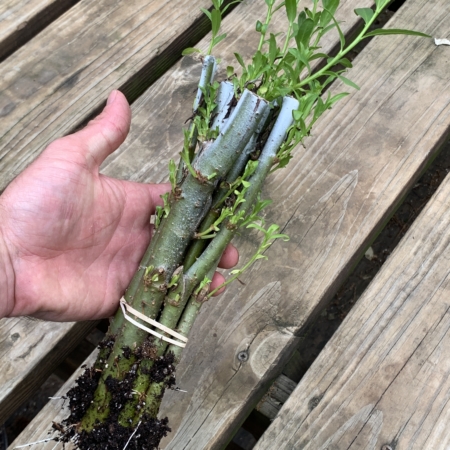Description
40% OFF End of Season Sale!
12 – White Mulberry 1′-2′
12 – Hybrid Willow 1′-2′
12 – Lacebark Elm 6″-2′
I can’t extol the virtues of fodder trees for sustainable living enough. If you like the idea of never paying for livestock feed ever again, start planting fodder trees yesterday! This is a package that gets you started on the journey to self sufficiency with regards to livestock feed. These trees are easy to propagate and will enable you to start your fodder food forest. The sky is the limit for how many fodder trees you can propagate from these starts. All it takes is time and a little knowhow. This package best grown in zones 4-9. Conservation Grade
All trees are sold as bare root trees 1′-2′ You can expect slow to no growth for the first year, slow to moderate growth the second year, and explosive growth the third year. Old saying “First they sleep, then they creep, then they leap”. Please mulch well (4″ of mulch minimum), use slow release fertilizer and keep soil moist.
If you take care of them, they grow FAST! We planted hundreds of fodder trees the spring of 2022 and despite a drought and using a sprinkler to water, they all ended up between 8′ and 12′ tall in their first year. So fertilize and water well if you want to have similar results!
White Mulberry – Morus alba

USDA 4-9
Excellent fodder species for herbivores and ruminants. High protein leaf that retains protein late into the season. Top in fodder quality this tree is a powerhouse of nutrition and hardiness. When it comes to digestibility and tasting great, this is at the top of the chart. Animals of all kinds adore a meal of fresh or dried white mulberry. Used all over the world as a leafy cooked green with the young shoots and leaves. Has the most digestibility and palatability of the three species in this pack. Bare root tree Conservation Grade 1′-2′.
Hybrid Willow – Salix x sp.

USDA 3-10
Extremely fast growing willow hybrid. Widely adaptable to most soil types and conditions. Does best in moist to wet environments, tolerates seasonal flooding. Excellent root net enables very effective erosion control. Fantastic high protein and fast growing fodder tree. Propagate with cuttings year round. Bare root tree Conservation Grade 1′-2′.
Lacebark Elm – Ulmus parvifolia
 USDA 4-9
USDA 4-9
Lacebark elm, also known as Chinese elm is a stunningly beautiful landscaping tree favored for it’s shallow root structure that is unlikely to disturb foundations and sidewalks. Grows in a vast array of soil types and environments from semi-arid to humid climates through much of the continental USA. One spring I couldn’t find the bee swarm but I could hear millions of bees somewhere. I finally looked in the lacebark elm to see it completely covered in honey bees collecting food from the flowers that were so tiny you didn’t know they were there. But the bees were in heaven. Makes a great fodder tree and preferred by most herbivores. According to “Fruits of the Earth”- Bianchini et al, the leaves are over 34% protein. Propagate with winter cuttings, root, and summer softwood under mist. Fall green seeds called “samaras” are good to eat. Bare root tree Conservation Grade 6″-2′.







